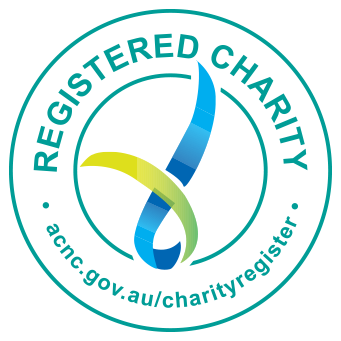Optimise your LinkedIn profile
The excitement mounts as you walk into a lavish banquet hall at this conference that you’ve been looking forward to attending. There is a decent crowd and people are milling near the coffee station. You feel the butterflies in your stomach but you take a few steps forward anyway.
Someone walks over to you, looking bubbly and enthusiastic. She extends her arm in a warm, vigorous handshake, “Hello, Amy here, how are you?” She seems genuinely interested and curious about you. You exchange details and then, the dreaded question, “So, what is it that you do?”
- Do you have an answer that just rolls off the tongue?
- Have you thought about the best way to put yourself forward?
- And if you have, how are people reacting to what you share?
- Do they appear enthusiastic, confused or disinterested?
Now flip this and imagine you’re in an interview scenario with a recruiter. Do you have the same sort of response when an interviewer is asking this question?
This is a compelling reason for developing an elevator pitch.
What is an elevator pitch?
Essentially, an elevator pitch is meant to allow an individual to put themselves or their idea forward to an important company leader within a limited time frame.
In this context, it is meant to provide a quick summary of yourself. Alison Doyle reminds us that “you don’t need to include your entire work history and career objectives. Your pitch should be a short recap …”
Your best-case scenario is that this pitch is memorable. It needs to create a sense of curiosity about you and encourage the listener to delve deeper, to ask more questions, to be intrigued.
Readers having looked through your profile should come away, feeling something and understanding you a little more.
What’s the argument for a pitch?
The reason for developing a pitch for your LinkedIn profile is simple – you have a valuable opportunity to do so and you should take this up.
If you develop your elevator pitch, you will have spent the time to refine your personal brand proposition. That clarity will come across in a confident, purposeful, and self-directed manner. This is useful to anyone but especially so for anyone in the middle of a career progression or career pivot.
Unlike a resume, a LinkedIn profile affords you the ability to humanise yourself.
Humanise? Yes, to humanise your profile is to inject your unique personality into the profile. You don’t want to come across robotic or dry. Readers who have looked through your profile should come away, feeling something and understanding you a little more.
Emotion, tone, personality, and passion are coming across in varying degrees depending on what they are looking at. And there is so much to look at within a LinkedIn profile for a person who is active on the platform and engaged with others.
Find a way to sum up your life’s work.
What does a resume offer? A typical resume contains personal information as well as a short objective or summary before it moves into your work-related experience and then into education, awards and honours. It has its limits. A LinkedIn profile, however, has a few distinctive features that help you stand out from the crowd a lot better.
So how do you develop your pitch?
Here are some ideas to help you get started on this process.
- Think about how you would describe yourself. Incorporate the Rule of Three to make it memorable. How? In your headline, for example, you could say “HR Leader | Diversity Advocate | Supporting an engaged workforce”.
- If you run a business, consider developing a positioning statement. This is a brief description of your product or service and your target market. Highlight how your product or service fills a specific need in your market.
- Find a way to sum up your life’s work. You are far more than the roles you hold. So look back at your career. Evaluate whether there is a running theme and notice what you seem drawn toward. Identify the things you have been passionate about through the years. You might be surprised to discover things about yourself that you were not aware of before.
- Ask yourself what you want others to notice about you. Undoubtedly, there would be a number of unique points worth highlighting. But as you want to come across aligned and focused, it is best to identify a running theme in your career and play to that. In other words, focus the reader on 1 – 2 things that matter even if it means downplaying other aspects. There will be plenty of opportunity to clarify and shine a light on these aspects in different ways later.
Remember this.
Some people may have taken on roles that do not fit with their trajectory. Perhaps they had to take on a role for a reason. Perhaps there are gaps that need to be addressed.
Do not worry about the gaps or the elements that are not as aligned. You’re not being untruthful to not talk it up. What you’re looking to do is to downplay the elements that are not as aligned. It is less about the path travelled and far more about your direction and goals that matter. That is what can help tie all disparate elements together.
In other words, tell the reader what you want them to think about you.
The reader will most likely never be completely interested in your entire history. They do not want history for the sake of it. They want a summary of key points and they want to arrive at a conclusion about you. Your reader wants a snapshot that matters, something that can showcase how you’ve taken what you know and made it real for those around you.
This is why developing an elevator pitch is an important exercise but also a repeatable one. As you journey through different roles and companies and as your circumstances change, review your pitch to ensure it is aligned with your direction.
Ultimately, your pitch helps you put your best foot forward always.
This is a condensed version of a longer article, Develop your Elevator Pitch.
#LinkedIn #ElevatorPitch #Optimise


